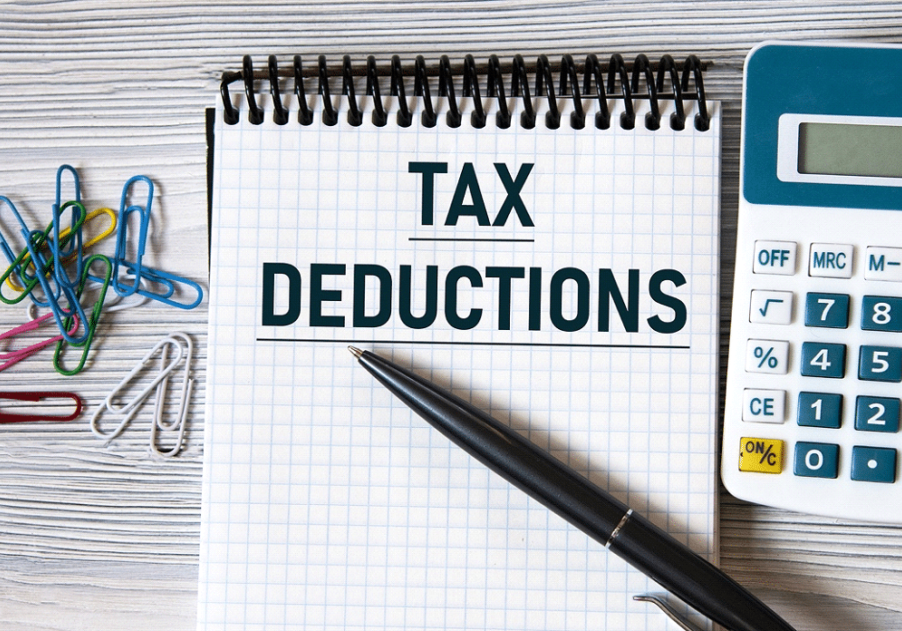What Will You Need to Retire?
Hopefully you have prepared a model that calculates what your annual retirement contributions and other savings and investments will accumulate to by your planned retirement date. If you haven’t, in the previous edition a model for long term planning, projecting and monitoring asset accumulation was addressed. One such model may be downloaded from Alegriacpas.com.
After determining projected wealth accumulation as of retirement, an assessment of how it fits into your spending needs should be made. Retirees typically have cash streams from social security, retirement plans, annuity contracts, savings and investments. Payments from the sale of property or a business may also be a source of cash.
The timing of payments also needs to be considered. One may wish to delay claiming social security benefits until the maximum annual payout is reached. Annuity contracts may provide for continued accumulation until withdrawals begin, thereby increasing the periodic withdrawal amount.
A spreadsheet is again the best way of analyzing the cash streams and timing. List all of the sources in the first column and each future year in your life expectancy across the top. Enter the anticipated cash stream annually from each source.
Increase social security for inflation annually. You also may wish to review the social security website and account for projected future declines in benefits.
Required minimum distributions should be considered beginning at age 70 and . for applicable retirement accounts.
If you use an average life expectancy that means 50% of those your age die before that date and 50% after. You may live well beyond that average, plan accordingly based on what you know about yourself.
A general guide is to spend 4% of the beginning of the year balance in investment accounts. There is a considerable amount of literature on this if you are interested in fine tuning it. With returns of 7 to 8%, inflation at 3% and investment fees of .75%, most models will show a portfolio depleted in about 35 years at this spending rate. Even if not depleted, the inflation adjusted value of the annual distributions will be significantly diminished.
Long time horizons require more estimation and projections. Just make your best guess. Far horizons also require calculating the spending power of future money. If inflation is consistently 3% a year, $100,000 cash today will have the spending power equivalent of $74,000 in ten years, $55,000 in twenty years and $41,000 in thirty years.
To maintain equivalent spending power, $100,000 would have to be invested and earn a return equal to inflation. Again, assuming inflation is consistently 3% annually, the equivalent of $100,000 of spending power today will require $134,000 in ten years, $181,000 in twenty years and $243,000 in thirty years. Think about that if retiring at age 60 with the possibility you may live beyond age 90.
Is a 4% annual distribution from the amount of wealth accumulation at your planned retirement date sufficient to meet your spending desires in retirement when combined with your other sources of cash? If not, you will need to revise either your 1) annual savings rate, 2) planned retirement date, or 3) the amount of money you plan to spend in retirement.
Barry Warner is managing partner with Alegria & Company, PS.
He can be reached at: bwarner@alegriacpas.com










